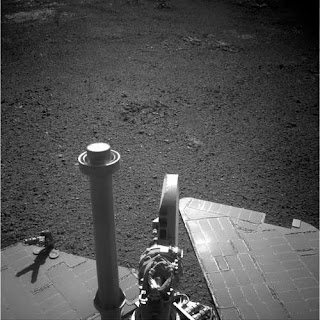In this age of hi-technology and lo-brow clickbait , it pays to read between the lines - whilst not being clickbait, the latest publicity release from MIT is a little underwhelming.
The photograph of what appears to be a full 50 qubit quantum computer got me excited...the article sounded great - but, tucked away at the end, was the sad reality that IBM had not submitted their cutting edge creation for peer review before issuing the press release.
Don't get me wrong - IBM are a heavy hitter, with all the credibility that implies...but.
Protocol.
It seems that we are involved in an ongoing propaganda battle as various factions attempt to claim the first kudos for genuine quantum computing.
It's becoming increasingly like ' Shrödingers Cat'*.
Or the Emperors New Clothes...
The first image I saw was the shot of the D -Wave machine, followed by controversy over its true nature, and allegations that it was no better than a 'mere' super-computer
Let's stop right there, though - we are now belittling super - computers.
Yes, we're in that place.
My worry is that 'quantum supremacy' will become an everyday phrase even before we see any actual quantum computing ....
* Perhaps we are creating the observer effect, just by reading the publicity...
Meanwhile, back on Mars...
Nothing much - but as part of a new, self-empowering drive, here is a link to the Curiosity Analysts Handbook !
Here is another link to an extensive archive of images from Rosetta / Osiris
Meanwhile, near Saturn...
The buzz around Saturnian moon Enceladus increases with a new model which tells us that its core may be fluid and permeable, generating heat and potentially life supporting conditions in the sub - surface ocean of the little moon...
The photograph of what appears to be a full 50 qubit quantum computer got me excited...the article sounded great - but, tucked away at the end, was the sad reality that IBM had not submitted their cutting edge creation for peer review before issuing the press release.
Don't get me wrong - IBM are a heavy hitter, with all the credibility that implies...but.
Protocol.
It seems that we are involved in an ongoing propaganda battle as various factions attempt to claim the first kudos for genuine quantum computing.
It's becoming increasingly like ' Shrödingers Cat'*.
Or the Emperors New Clothes...
 |
| image DWaveSys.com |
Let's stop right there, though - we are now belittling super - computers.
Yes, we're in that place.
My worry is that 'quantum supremacy' will become an everyday phrase even before we see any actual quantum computing ....
* Perhaps we are creating the observer effect, just by reading the publicity...
Meanwhile, back on Mars...
Nothing much - but as part of a new, self-empowering drive, here is a link to the Curiosity Analysts Handbook !
 |
| Curiosity 'Arty' selfie 8.11.2017 NASA/JPL/Caltech |
Here is another link to an extensive archive of images from Rosetta / Osiris
Meanwhile, near Saturn...
The buzz around Saturnian moon Enceladus increases with a new model which tells us that its core may be fluid and permeable, generating heat and potentially life supporting conditions in the sub - surface ocean of the little moon...
 |
| Enceladus lines upclose....Cassini/ NASA |






































